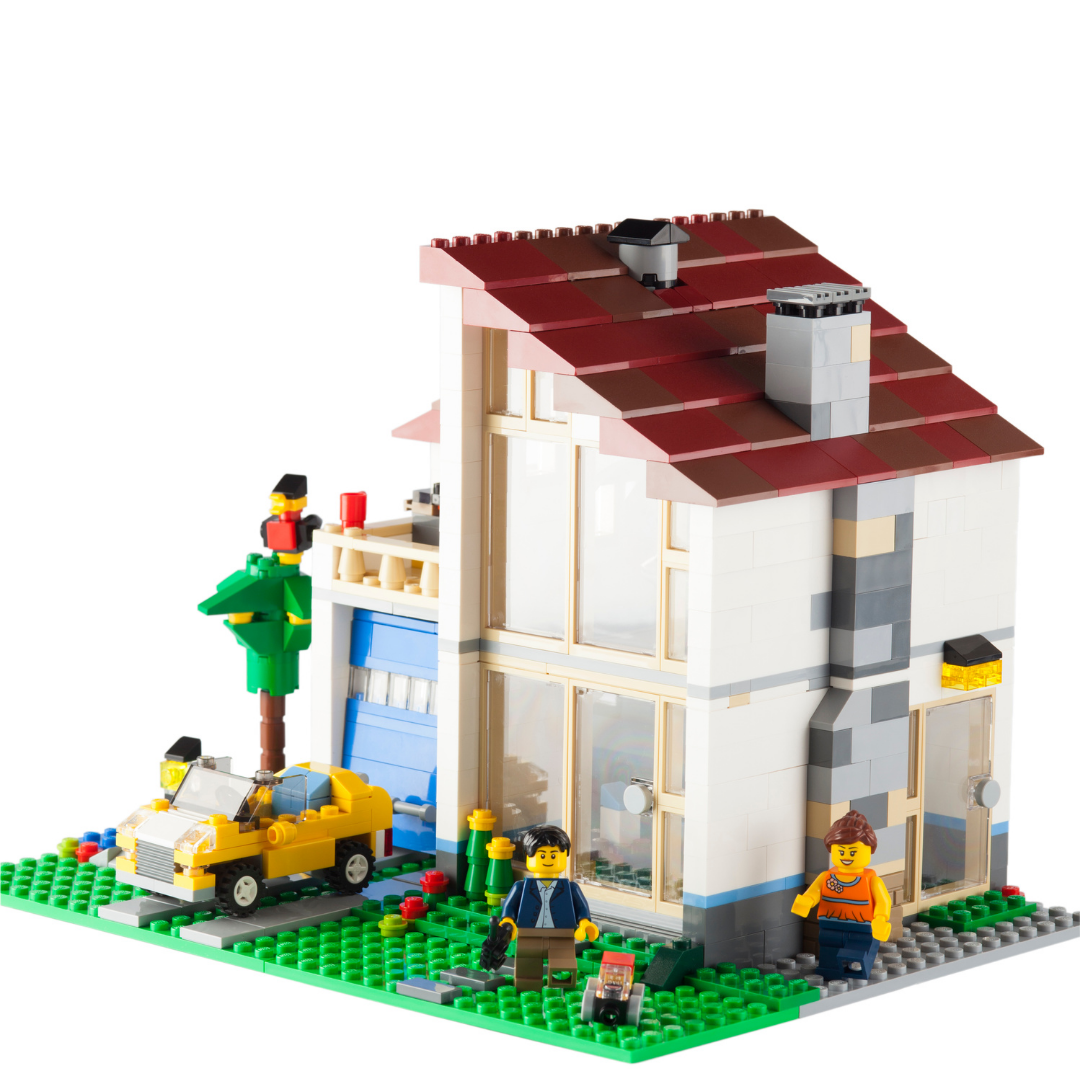Simplifying Project Management with Micro Work Packets
In project management, there is the concept of the work breakdown structure and it essentially is a way you can go about breaking down the things you need to do. Well, in today's episode, I will show you how to take the similar concept of micro work packets and get more things done without feeling overwhelmed by the process.
Additional Resources:
- Learn more about the Organized Academy Vault Membership
- Signup to be a Guest on the Lessons Learned Conversation Series
Connect with Me:
- LinkedIn: @DanaLaRiealMorales
- Instagram: @DanaLaRiealMorales
- Facebook: @DanaLaRiealMorales
Transcript:
A few weeks ago, in the "Planning Tips for Solopreneurs and Side-hustlers" podcast episode, we talked about micro and macro planning within your business. Macro planning is your high-level plan and micro-planning is your broken-down version of that plan. It’s where you break it down into smaller segments and both the macro and micro-planning feeds into your overall strategic goals for your business, home or personal life.
Today, we are going to dig deeper into what micro-planning is so you don’t overcomplicate it. In project management, micro-planning is the equivalent to what is known as developing a work breakdown structure. It's a way of breaking down that bigger overarching project into small workable parts. I prefer to call the workable parts, work packets because as a visual person I can see how work packets are striving to accomplish something and that is helping you get closer and closer to the overarching goal or the deliverable (the thing you are working to produce).
Work Packets Are Like Legos
So being a visual person, I'm going to take you on a little bit of a visual journey here. When you think about the things that you are doing in your business, I want you to consider them to be like little legos (and no I’m not sponsored by lego). So we all know that when you get a lego kit, it has a picture of what your “deliverable” is, the final result of what you're trying to build. Let's say it's one of those kits that has like a slide and then a house with people. Go ahead use your imagination to identify one of those kits with lots of things to build.

Okay, so you've got this kit and imagine that all those different segments are the things that you want to achieve. Well, when you set out to create the build you know that you can't just do it all at one time. You have to segment it out and focus on one thing at a time. So, let's say today I’m going to focus on building the house. So to do this, you need to identify what should come first and what should come next.
Ask yourself, what do I need to do to get this house built. Well, if you’ve ever put together a lego kit, you know that the kit comes with an instruction book that walks you through the stepping stones that are needed to get that part of the kit built. Your instruction book is the same instruction book that all the other people who bought the same kit received.
If you follow the steps that are set out in the instruction book you will be able to find and put together all the right pieces to get the job done without too much difficulty. The instructions allow you to break down a huge task of putting together the entire kit into small workable parts…the small work packets that enable you to produce a deliverable - a house, a person, a car, a slide, etc. Although the house isn't complete you're moving closer and closer to the finish line.

Building Your Financial Work Packet
Now, let's equate this to the things that you have to do in your day-to-day responsibilities within your business and since this is financial literacy month let's evaluate financial work packets. So let's say you’re getting an email notification every month from your business bank account letting you know that your statement is ready. When you get that email what do you do with it? Does it just sit in your inbox? Do you flag it? Do you go and download the statement? What are the steps that you take when you see that email?
The process or the steps that you take are what equates to a work packet. So for example you may be a person who flags it. What is your next step after flagging it? Does it just sit in your mailbox making the action of flagging it a wasted effort or do you flag it to then come back to at a later time?
Do you work out of your mailbox or is that a trigger for you to take action at a later time? If it's to take action at a later time the organizer in me says okay instead of flagging it to just randomly come up with a time when you “have time to deal with it”. You could drag the email from your inbox to your calendar (assuming your mail system has this functionality) and create an appointment for 10 to 15 minutes (or however long you need) to take action. By doing this you are setting aside specific time to go and take action on that email.
So if you’re tracking, the action you just took would be the first part of your work packet. When an email is received containing your bank statement, drag it to your calendar and schedule it using your pre-existing task blocks (we discuss this more in the Organized Academy Vault). The next step is to reconcile your bank statement with your financial account.
So, assuming you have a financial system already established and depending on the number of inputs and outputs you have in your business account, the process of reconciling should take approximately 15 - 20 mins. Obviously, there are some prerequisites to this time allotment, but I find most small businesses can accomplish this process in a shorter amount of time than they imagine. It’s all about having those underlying work packets (systems and processes) in place that will allow you to more efficiently address your bookkeeping and profit and loss analysis.
Now although I just shared with you a process that I have proven works, I just heard your doubts. You are thinking that it was so much easier for me because I knew what I was doing. Well, the truth is I didn’t always know how to do it. I had to learn too, the difference is I had to learn on my own and you now have a resource that can help you learn and set up your financial processes. I promise you that it doesn’t have to be a huge monster that will take you forever to conquer.
If we really break this process down into its workable parts what is it that you really need to do? Your financial system is your lego kit. The entire thing is made up of small deliverables, selecting your accounting system, configuring your accounting system, synching your system with your bank, establishing your reconciliation process.
You don't have to have all the answers but you want to first identify the macro goals that you need to accomplish the whole of setting up your financial system and then break those goals down into the small work packets.
By this time next year, you won’t be stressing out about filing your taxes or figuring out your profit and loss for a month, a project or a year.
The Organized Holistically podcast strives to teach side-hustling solopreneurs how to manage a successful business and life using holistic systems. I help you develop, implement and streamline unique and organic processes and organizing systems. I do this by helping you identify the right systems and processes so you aren't spending money or time on unnecessary things and instead can spend that time and money focusing on the things that are most important to you, your family.
Comments Click here to add your comment/question